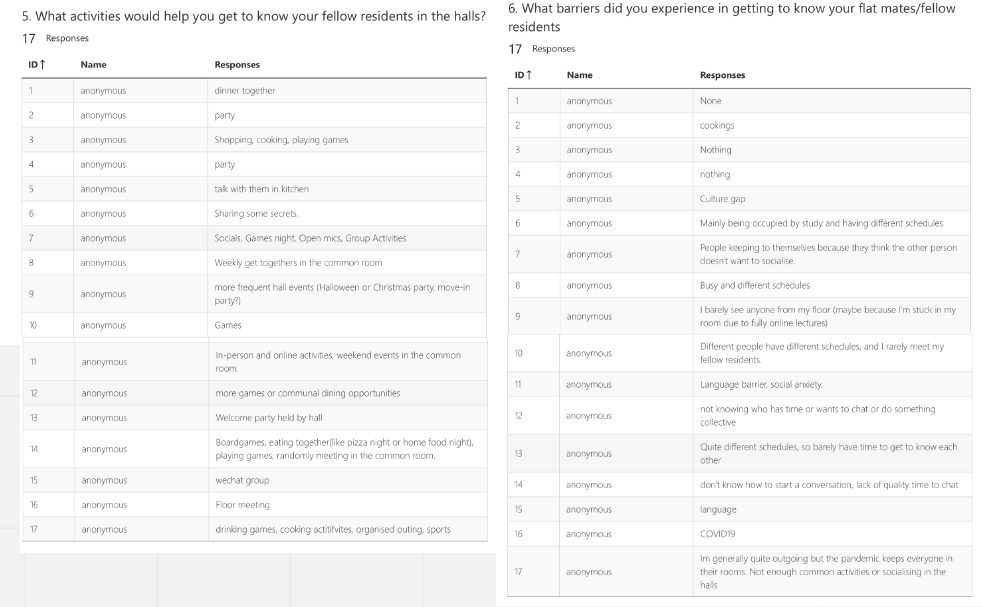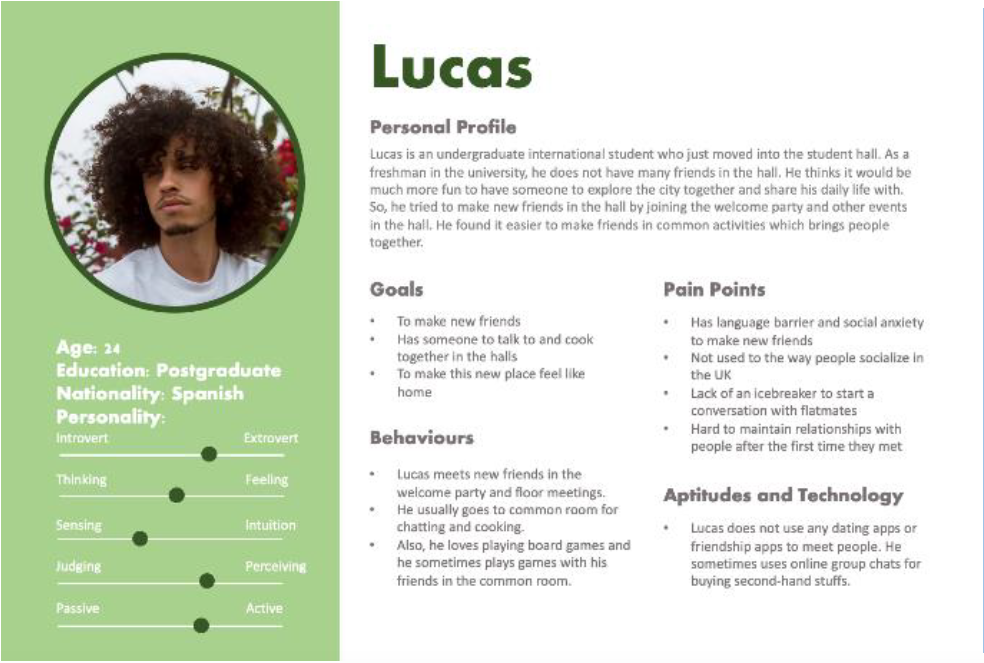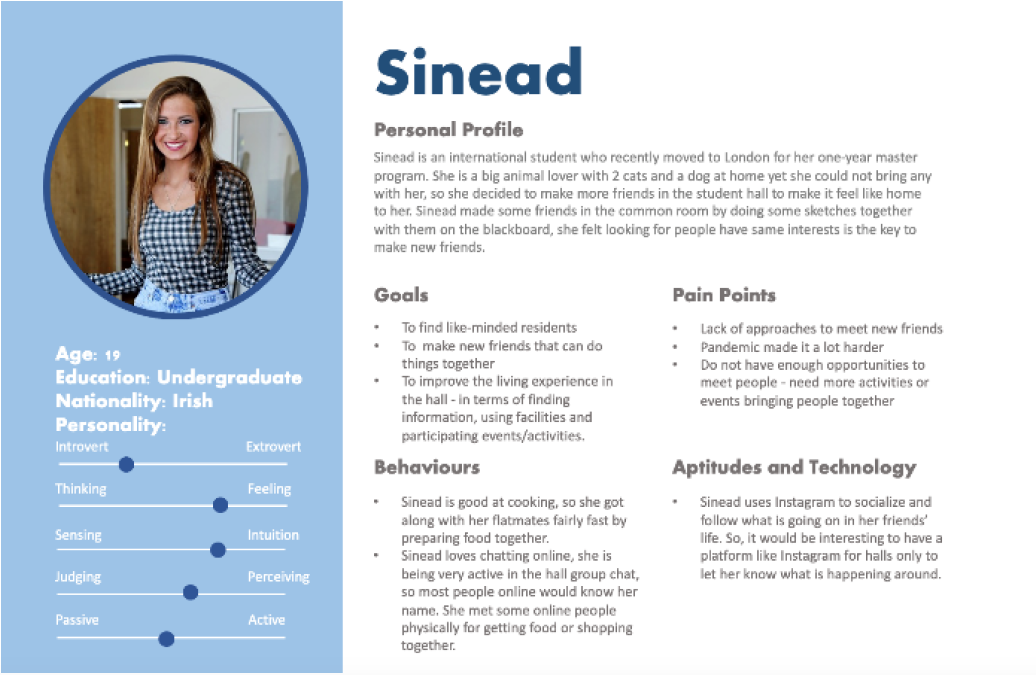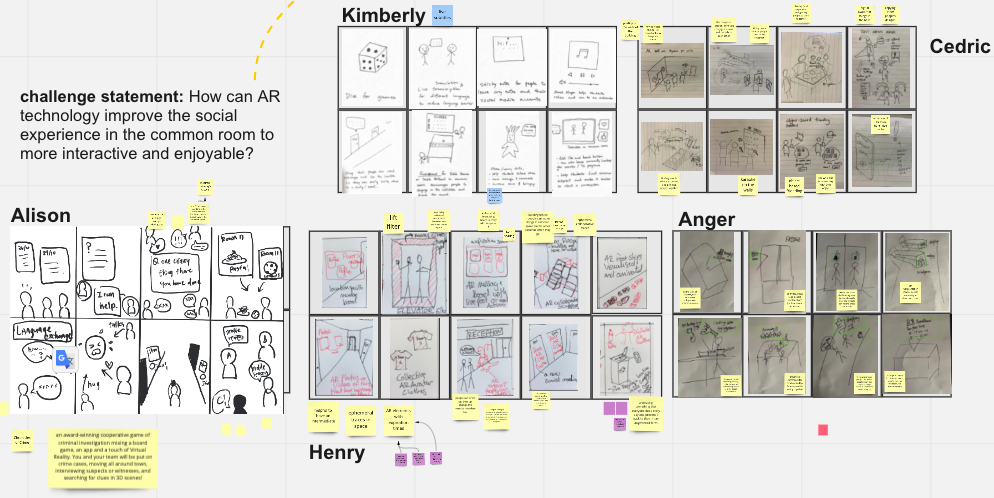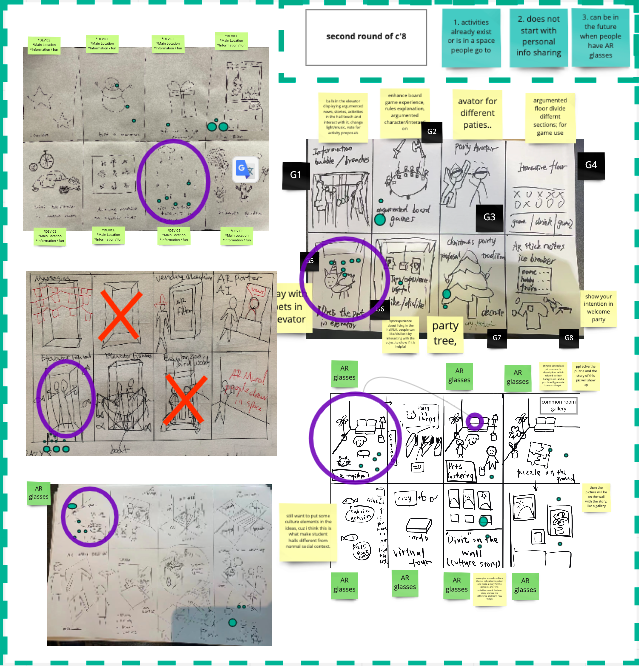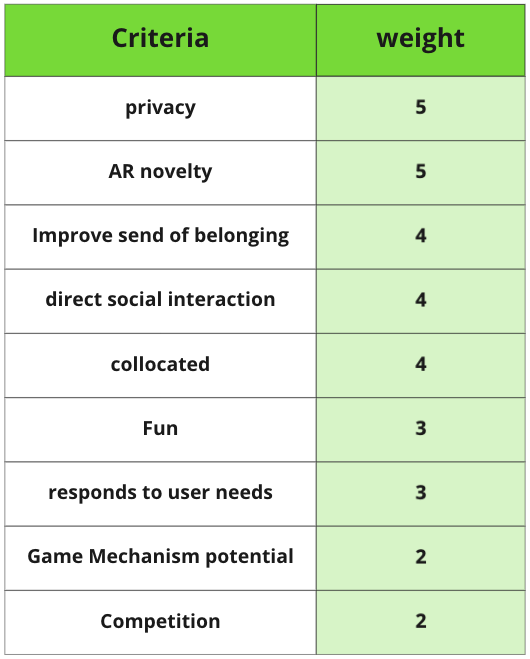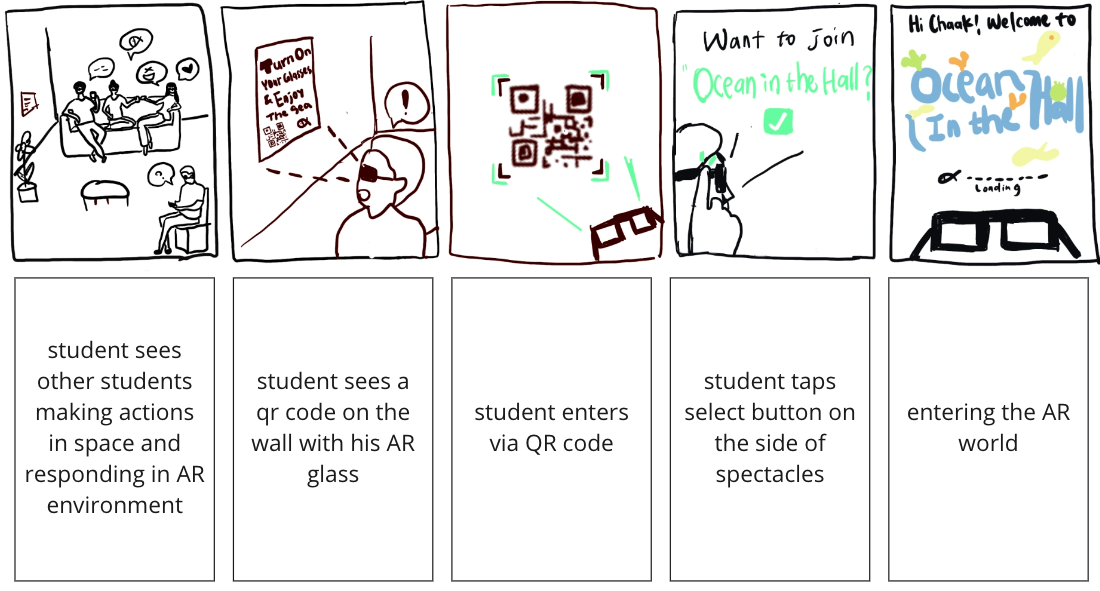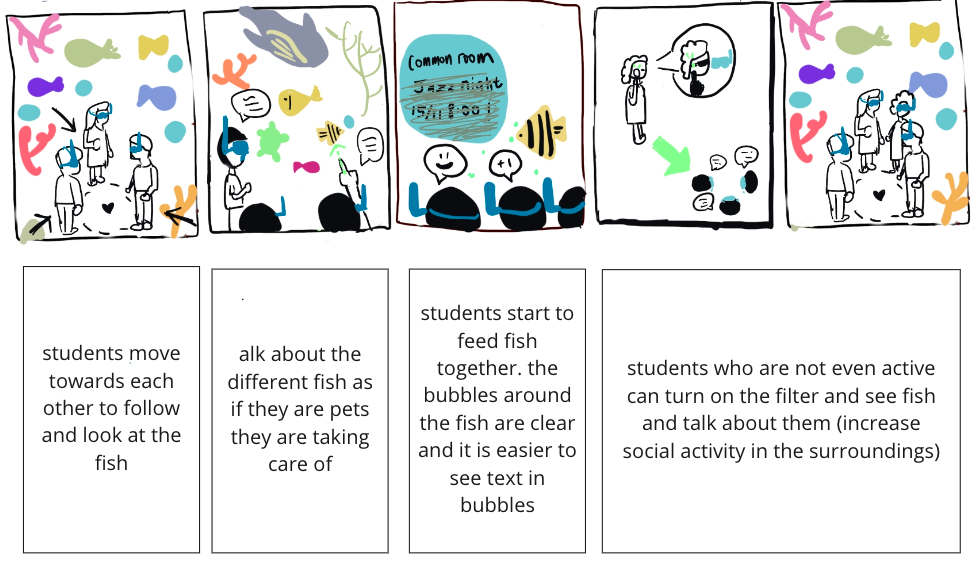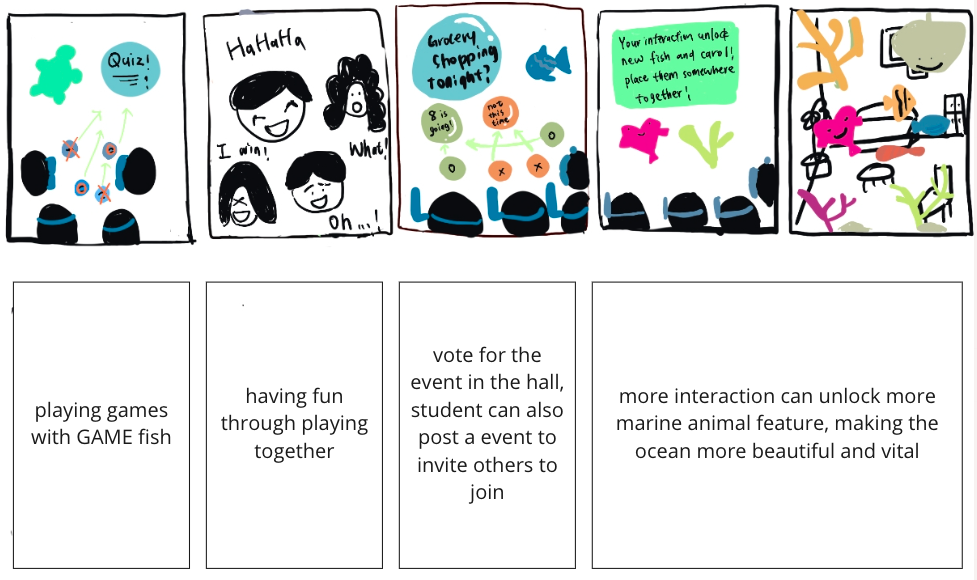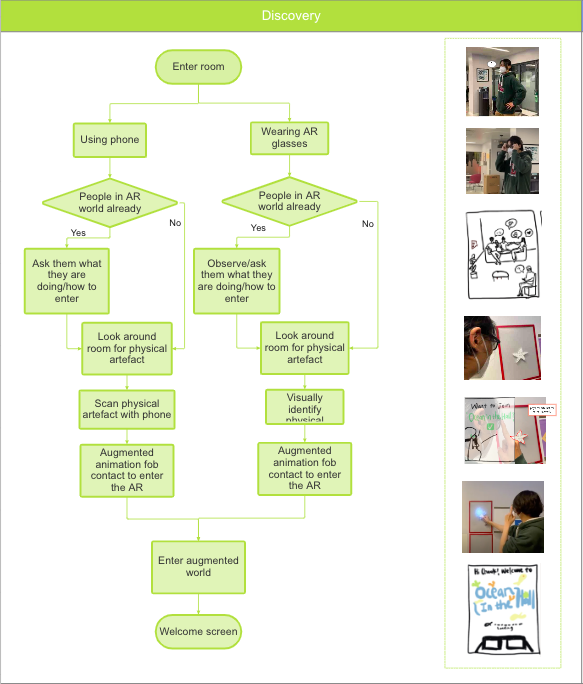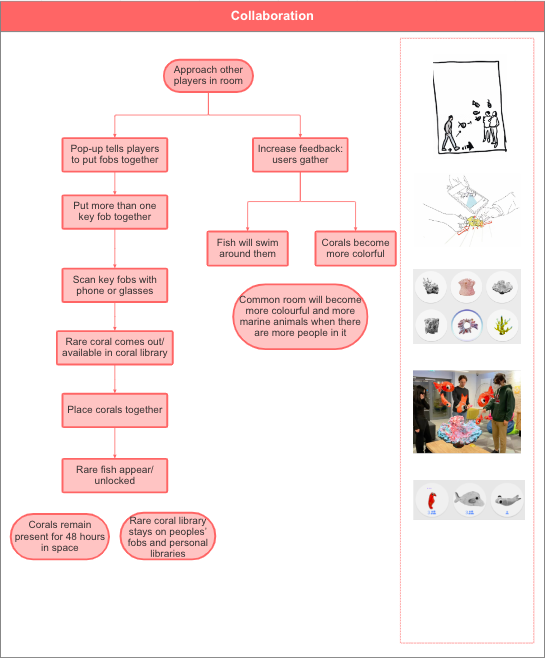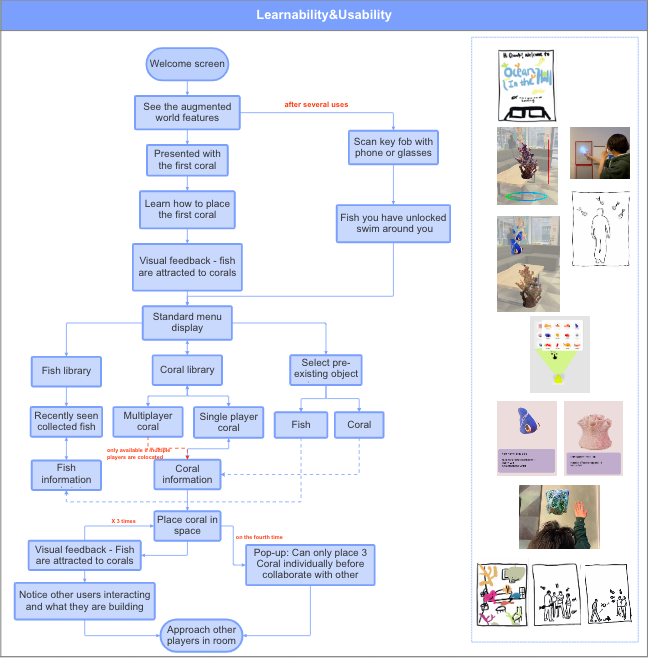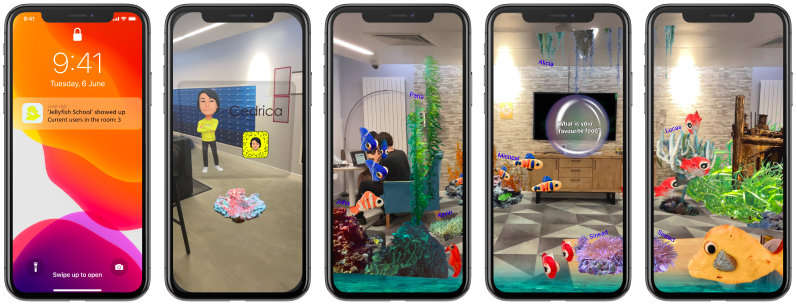Crazy 8 be crazy
In order to explore the opportunity of design, we conducted first round of crazy 8 activities , trying to find out ideas that are more novel, and joyful with AR technology. After the discussions with team members, we found that if we want to deal with the information sharing pain point, we need to take the privacy issue into consideration. Therefore, we decided to focus on creating instant fun for user when interacting with other users and think about the potential to build a sense of belonging during these interactions.


